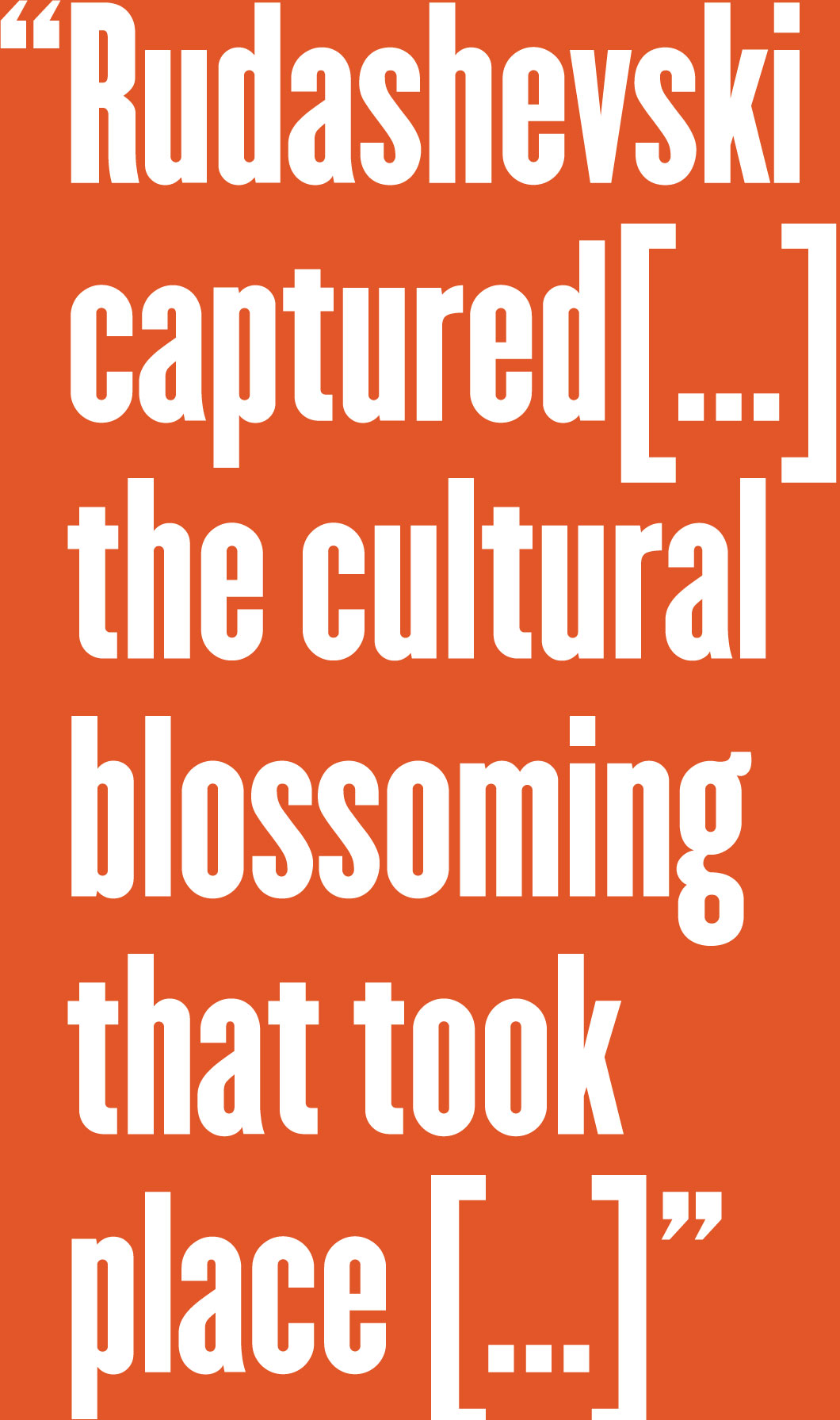
Rudashevski and the Quiet Period
Like many young people living in ghettos during World War II, Yitskhok Rudashevski experienced the confusing juxtaposition of the exhilaration and hopefulness of youth, set against the reality of tragedy and imprisonment. How he dealt with that impossible contrast reveals itself in his ghetto diary. Reading his daily notes written during the “quiet period” of the Vilna Ghetto, we witness the resilience of a teenager intent on not only surviving, but thriving in anticipation of a rich future ahead.
Rudashevski, unlike many of his more socialist-oriented peers, identified politically as a Communist. He looked to the Soviet Union for hope of rescue from the Nazis, and in 1942 he happily celebrated “the great anniversary, 25 years after the great October revolution.” However, he was no cultural assimilationist. He adhered strongly to a Yiddishist cultural ideology—reading, writing, and performing works of art in his Jewish mother-tongue. He carried on his commitment to Yiddish life and culture throughout this “quiet period” of the ghetto, participating in clubs for literature, Jewish history, and theater, while also collecting ghetto-specific folklore in the YIVO model of “zamlen” (Yiddish for ‘to gather’). Other teenage diarists described Yiddish cultural life in different contexts—Rudashevski’s friend, Gabik Heller, worked at the ghetto library and wrote about it almost daily in his diary. Like Rudashevski, he recorded meeting with various friends, participating in literary events, and reading the classics as his ways of resisting despair.
During this period, Rudashevski wrote not only about the cultural resistance and rich school life of his group of friends and peers; he also expressed contradictory interpretations of the persecutors around him. Throughout 1942, for example, Rudashevksi expressed fear and disgust at the activities of the Jewish police as they donned new clothing like the Lithuanian “chapunes” (kidnappers) and participated in roundups of Jews in the nearby town of Oshmyany. He also discussed the “good” Germans for whom his mother worked as a tailor, who gave her extra food and treated her well, and the “bad” Germans who blamed the Jews for the war and kept them trapped in the ghetto. Gabik Heller similarly assessed persecutors around him, discussing the Jewish council, Jewish police, Lithuanians, and various German overseers as he tried to understand the evolving situation in 1943. Unlike Rudashevski, however, who often lashed out angrily at Jewish leaders, Heller presented a milder picture. For example, while Rudashevski explained that “the ghetto hate[d]” the Jewish policeman Meier Levas, known to beat people “brutally” at the ghetto gates, Heller presented a different image, telling a story of a boy Levas released at the gate because he was not on the list to be seized. In the midst of the terror, there was room for all types of behavior.
Teenaged diarists like Rudashevski captured the confusion and uncertainty as well as the cultural blossoming that took place during the Vilna Ghetto’s “quiet period.” They recorded these remarks not knowing what the future would bring, but understanding the importance of recording their experiences as they lived them.
Amy Simon, Ph.D., is the William and Audrey Farber Family Endowed Chair of Holocaust Studies and European Jewish History at Michigan State University. Her research examines victim representations of perpetrators in Yiddish diaries written in the Warsaw, Łódź, and Vilna ghettos during World War II.